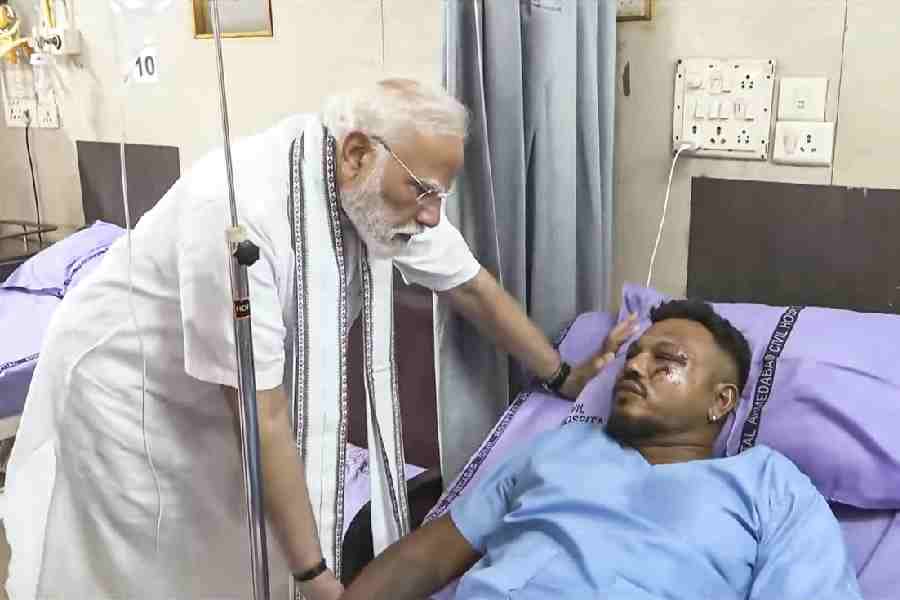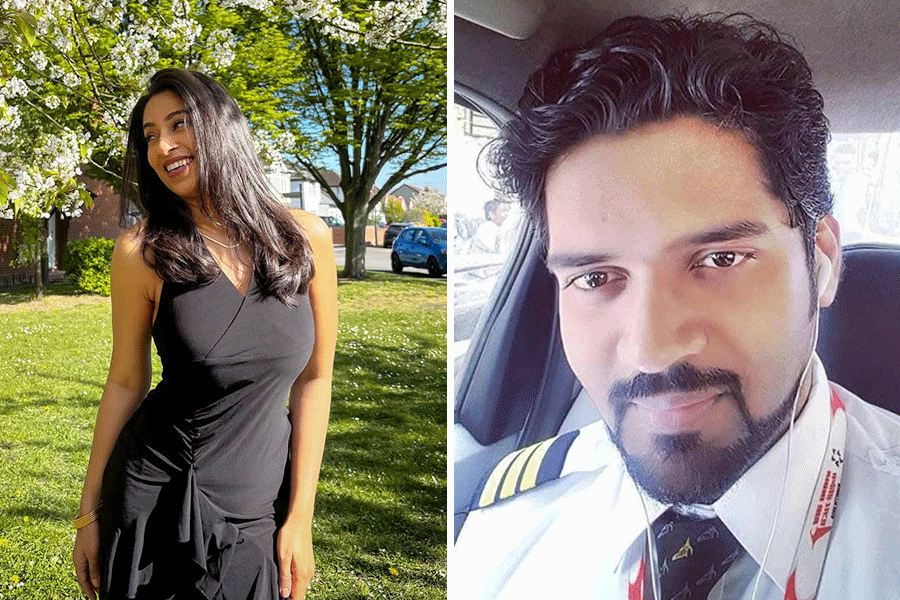
Nov. 12: The Bihar poll results have led to the stirrings of a debate within the Congress on its possible pre-eminence within any national-level anti-BJP alliance, a primacy the party's history and pan-Indian ideology once allowed it to take for granted.
The Congress is now grappling with the nascent idea, so far being whispered by just a few, that the Bihar victory has placed Nitish Kumar and Lalu Prasad in pole position to fashion and lead a coalition against Prime Minister Narendra Modi.
Not only has the Congress come a distant third within the Mahagathbandhan behind the Rashtriya Janata Dal and the Janata Dal United, the upcoming state polls offer little hope of a confidence boost.
While the Congress is in the running in Punjab, Uttarakhand and Assam, it's not a major player in the bigger states like Uttar Pradesh, Bengal or Tamil Nadu, where Mamata Banerjee, Mayawati and Jayalalithaa would be eyeing emphatic wins to gain national recognition.
The question quietly doing the rounds in the Congress is whether it is prepared to think the unthinkable and assign someone like Nitish the job of taking on Prime Minister Narendra Modi.
One obstacle will be the Congress's self-image as the natural party of governance, boasting a national identity above region, language, caste and community.
Back in 1998, when Sonia Gandhi took over as party president, the Congress election manifesto had denied that the days of single-party rule were over. It had insisted that regional parties could never rise above local, ethnic or linguistic considerations.
Just before the 2004 general election, Sonia tweaked the party line to forge alliances. But it was understood the Congress would lead any coalition government at the Centre.
The minuscule party lobby that is now ready to contemplate the Congress playing second fiddle has two arguments. One, this will help Rahul, 45, gain valuable time and experience. Two, Nitish and Lalu Prasad are better equipped to bring on board parties like the AIADMK, Biju Janata Dal and the Bahujan Samaj Party.
But a Bihar-style "grand alliance" at the national level has its flipside for the Congress too: it may further marginalise a party down to 44 Lok Sabha seats and erode its traditional support among the minorities and Dalits.
Nor will it be easy to even debate such a move at open party forums. The Congress is packed with people who don't just abhor "third front" formations but are deeply conscious of their own party's standing in Indian history.
Historically, the Grand Old Party has taken upon itself a "duty" to lead the nation, as shown by successive All India Congress Committee political resolutions, crafted by in-house wordsmiths from Pattabhi Sitaramayya and U.N. Dhebar to P.V. Narasimha Rao, Pranab Mukherjee, Arjun Singh and Vithal Gadgil.
Speaking in Jaipur in 1948, Pattabhi Sitaramayya, who had lost the election for party president to Subhas Chandra Bose in 1939, had equated the Congress ideology closely with the Indian nation.
"The Congress is the service station of the life-giving ideology of the nation. The life-sustaining doctrines are pumped through the arteries of the government of the nation, where they become somewhat sullied in implementation and are returned to the Congress for purification," he told party delegates.
"The ideology constantly discussed by the populace and constantly renovated as public opinion is once again canalised by the Congress through the government in a renovated form: that is how the Congress and the government act and react upon each other. The Congress is really the philosopher, while the government is the politician. The latter has power and the former has influence."
Many in the Congress have a simple solution for all the issues facing the party and the country: Sonia should continue as Congress chief, working closely with parties opposed to the BJP, while Rahul should focus on strengthening the organisation.
This lobby is struggling to accept the possibility of Rahul assuming complete control of the party by next year.
Some insiders insist that Sonia is determined to anoint Rahul as party president as she is unwilling to continue beyond the age of 70, which she will reach on December 9 next year.
One key question is: will anyone take Rahul on if organisational polls are held in 2016? For decades, the Congress has not seen a close contest for the president's post.
Even a non-Gandhi, Sitaram Kesri, had easily defeated Sharad Pawar and Rajesh Pilot in 1997. Three years later, Sonia walked away with over 99 per cent of the votes against Jitendra Prasada.
Some disgruntled Congress politicians, keen to force a contest against Rahul, are looking desperately for a candidate who might be able to attract the middle classes. Ideological issues of whether to lead a coalition or not may have to wait till the leadership question is settled.











